SPS Corals – 35+ Species (Acropora, Montipora, and Others)
Small Polyp Stony (SPS) corals are the crown jewels of the reefing world — known for their intricate structures, vivid coloration, and high sensitivity. They are also among the most challenging corals to maintain, requiring pristine water conditions, strong lighting (often PAR 250+), and stable parameters.
SPS corals are not for the faint of heart. These corals thrive only in mature, well-established reef tanks where parameters like alkalinity, calcium, and magnesium are tightly controlled. However, for experienced aquarists, SPS species offer an unmatched reward: a living sculpture that pulses with color and complexity.
In this guide, you’ll find over 35 species of SPS corals — from iconic Acropora to diverse Montipora and other fascinating genera — along with quick care stats, lighting needs, and placement tips to help you build the SPS-dominated reef tank of your dreams.
- Acropora sp - Staghorn corals
- Montipora sp
- Pocillopora damicornis
- Seriatopora sp - Birdsnest coral
- Stylophora sp
- How to propagate SPS corals?
Acropora sp – Staghorn corals
Staghorn or Acropora corals are among the most important and abundant groups of reef builders (SPS corals). There are over 300 species of Acropora corals found throughout the world, many of them in the Indo-Pacific and three species in Hawaii.
They are found in a wide variety of habitats from the surface to depths of 100 feet. Many small reef fish live near Acropora colonies and retreat into the thicket of branches if threatened.
Depending on the species and location, Acropora may grow as plates, slender or bushy with branches. Dramatic changes in colony form are also seen within a single species.
Some Acropora corals may form rounded colonies in shallow water, but flattened plates in deeper water where greater surface area is needed to capture the diminished light. The most common growth form imported for the aquarium trade is bushy in appearance with short, compact branches.
With many species are currently known, grow forms, and colors, identifying individual species can be a tricky task.
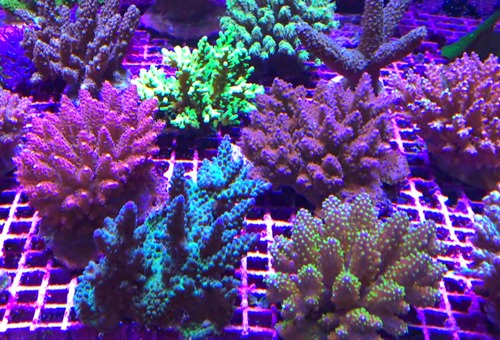
Acropora corals grow quickly and individual colonies can exceed 3.5 feet across in the wild. In a well-maintained reef aquarium, finger-sized fragments can easily grow into basketball-sized colonies in 1 to 2 years.
Acropora corals are some of the more difficult corals to maintain in the reef tank, but most will do well if certain conditions are provided. Most require strong lighting which can be achieved with high-powered LED reef lights and placing them near the water surface where the PAR can peak up to 400-500. Along with lighting, Acropora corals prefer strong, intermittent water flow.
The water quality should be carefully monitored for Calcium and alkalinity, in addition to the normal parameters of a reef aquarium. In addition, nitrates and phosphates should be kept low to optimize the coloration of the coral.
Acropora corals generally do best in tanks that house primarily SPS and LPS corals. They do not do well with toxins that can be released by many soft corals, therefore the number of soft corals kept in Acropora tanks should be kept fairly low.
Acropora corals can subsist on adequate lighting, water motion, and good water chemistry alone if they are housed in a tank with a fair number of well-fed fish, but they can also benefit from occasional feedings of small zooplankton foods.
 Reef-Roids coral food for faster growing #ad
Reef-Roids coral food for faster growing #ad
We recommend 2-3 weekly feedings consisting of a mix of oyster eggs and powdered reef foods such as Reef-Roids #ad and Benereef #ad as well as foods such as Seachem Zooplankton #ad and phytoplankton #ad.
Montipora sp
Montipora corals are similar to Acropora in their care requirements, but are generally more tolerant of or may require less light intensity and lower water flow than their Acropora counterparts.
Most require moderately strong to strong lighting which can be achieved with LED lighting. Water flow must be moderate to fairly strong depending on the species.
As with all stony corals; calcium, alkalinity, and magnesium levels should be monitored and maintained at proper levels for the long-term health of this specimen. In addition, nitrates and phosphates should be kept low to optimize the coloration of the coral.
Montipora corals generally do best in tanks that house primarily SPS and LPS corals. They do not do well with toxins that can be released by many soft corals, therefore the number of soft corals kept in SPS tanks should be kept fairly low.
Montipora corals can subsist on adequate lighting, water motion, and good water chemistry alone if they are housed in a tank with a fair number of well-fed fish, but they can also benefit from occasional feedings of small zooplankton foods.
We do twice-weekly feedings consisting of a mix of oyster eggs, Reef-Roids, Reef Chili, frozen Cyclopeeze and live newly hatched brine shrimp.
Pocillopora damicornis
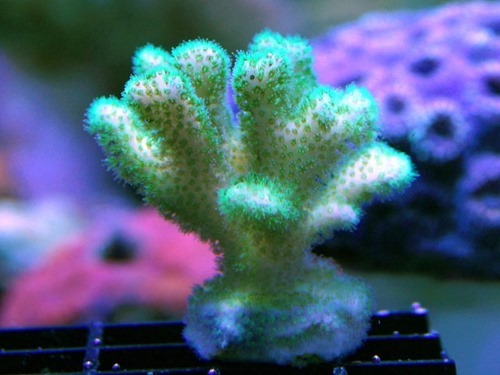
- Scientific name: Pocillopora damicornis
- Common name:
- Care level: Easy for SPS experienced hobbyists
- Lighting: Moderately strong lighting
- PAR: 250-300
- Water Flow: Moderately strong alternating flow
- Feeding: filter feeder foods fed 2-3 times weekly
- Placement: On rockwork, middle to upper level in the tank
- Aggressiveness: Low. Has short polyp reach, but will need some room for growth
Pocillopora corals are one of the easiest to maintain SPS corals and can grow rapidly in an established reef aquarium. They require medium to strong lighting which can be achieved with most LED lighting systems.
Growth can be quite rapid under good conditions. Pocillopora damicornis is one of the few SPS corals that will occasionally spawn in the home reef tank and spontaneously form new colonies.
Seriatopora sp – Birdsnest coral

- Scientific name: Seriatopora sp
- Common name: Birdsnest coral
- Care level: Easy for SPS experienced hobbyists
- Lighting: Moderately strong lighting
- PAR: 300-400
- Water Flow: Strong alternating flow
- Feeding: filter feeder foods 1-2 times weekly
- Placement: On rockwork mid to upper level in the tank
- Aggressiveness: Low. Has short polyp reach, but will need some room for growth
Seriatopora (Birdsnest) corals are some of the easiest SPS to keep. Birdsnest corals have similar requirements as Acropora corals but they tend to do OK with less intense lighting and water flow than Acropora.
Pink Birdsnest prefers brighter lighting than the green varieties and colors will intensify under strong lighting. Brighter lighting tends to give brighter and lighter colors.
Stylophora sp

- Scientific name: Stylophora sp
- Common name: Stylo
- Care level: Easy for SPS experienced hobbyists
- Lighting: Strong lighting
- PAR: 400
- Water Flow: Strong alternating flow
- Feeding: filter feeder foods 2-3 times weekly
- Placement: On rockwork mid to high in the tank
- Aggressiveness: Low. Has short polyp reach, but will need some room for growth
Stylophora corals are one of the easier SPS corals to keep and a good choice for hobbyists looking to try SPS corals.
They will normally adapt to moderate to strong lighting and moderate to strong water flow.
Coloration will tend to change based upon the intensity and spectrum of the lighting that is provided. Stronger lighting generally gives lighter but brighter colors.
How to propagate SPS corals?

SPS corals reproduce sexually or asexually. Sexual reproduction occurs via the release of eggs and sperm into the water. Asexual reproduction occurs via fragmentation, when a branch breaks off a colony, reattaches to the substrate, and grows.
For SPS such as Acropora, it is as simple as breaking off a branch and attaching it to a piece of rock or frag plugs. For plating SPS such as Montipora, you should carefully handle to break off one of the plates by moving it up and down many times in order not to destroy the rockwork.
One of the best way to attach frags is to use Super Glue Gel #ad or any cyanoacrylate based gel glue (make sure you buy a gel-type glue).
 Coral Frag Rack with magnet holds #ad
Coral Frag Rack with magnet holds #ad
 Ceramic Coral Frag Plugs 100 Pack #ad
Ceramic Coral Frag Plugs 100 Pack #ad
Place the frag on a frag rack or directly in a well-lit place on the rockwork where it receives the same lighting and water flow as the mother colony.

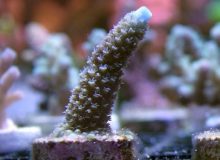
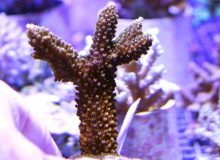
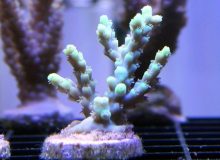
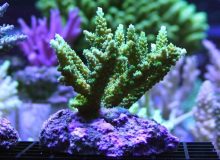

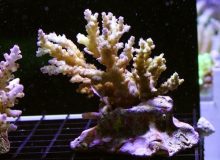
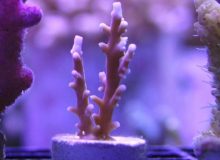
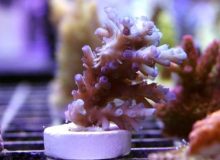
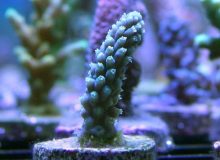
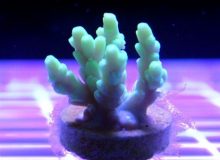

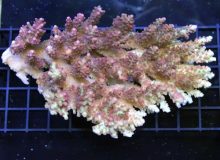
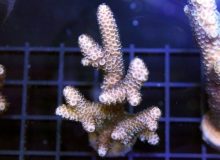
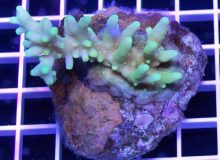
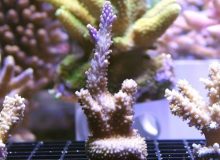
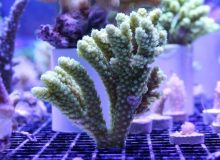
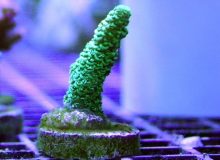
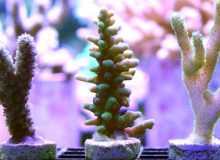
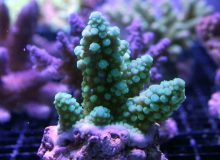
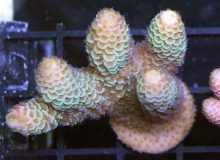
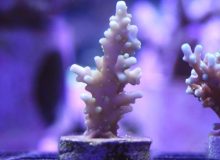
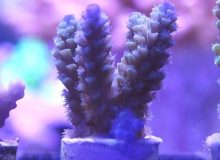
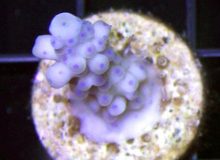
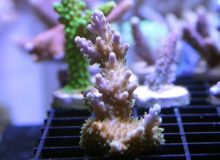
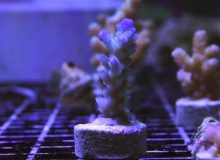
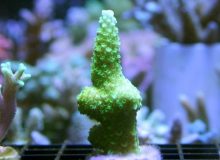

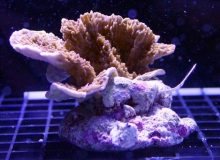
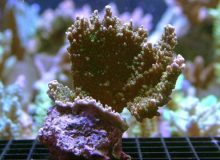
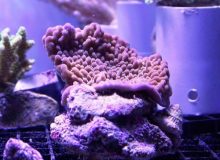
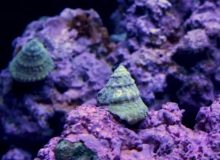
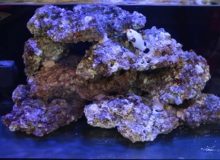
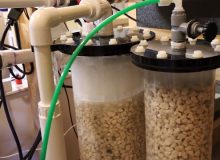
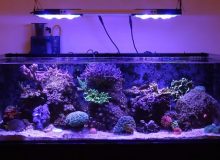
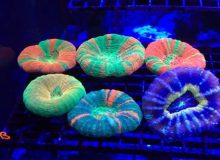
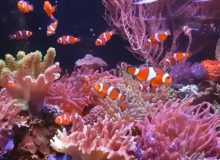
Do you know where I can find a drag of the Acropora abrolhosensis pictured or do you have one for sale? Haven’t been able to find it in years in the hobby.
This page (https://www.facebook.com/Reefcornercom-286873471470905/) may have the species you are finding, contact them.